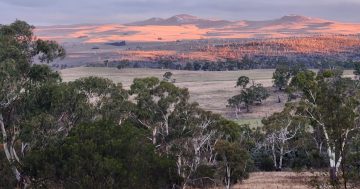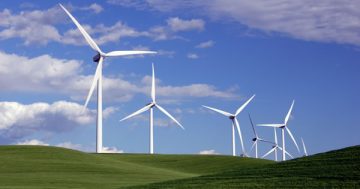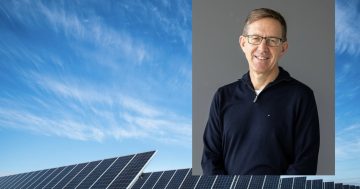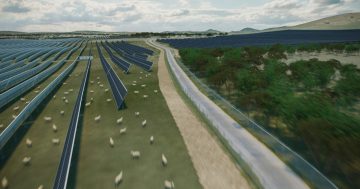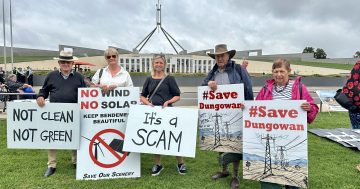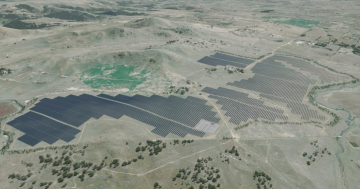The ABC informs us that Bungendore’s wind farm strewn expanse is to get 100 hectares of solar panels as well.
Member for Monaro Steve Whan says it will be the state’s largest solar farm.
“There’s 32 blocks of solar panels arranged around 2 to 3 metres above the ground, so it’s a very big development,” he said.
“It is something that will bring quite a few jobs to the area as it’s built, about five jobs in an ongoing way. But more importantly, a real contribution to renewable energy generation in this region.”
The project is being built alongside the Capital Wind Farm.
But will it look as cool as the wind turbines?












